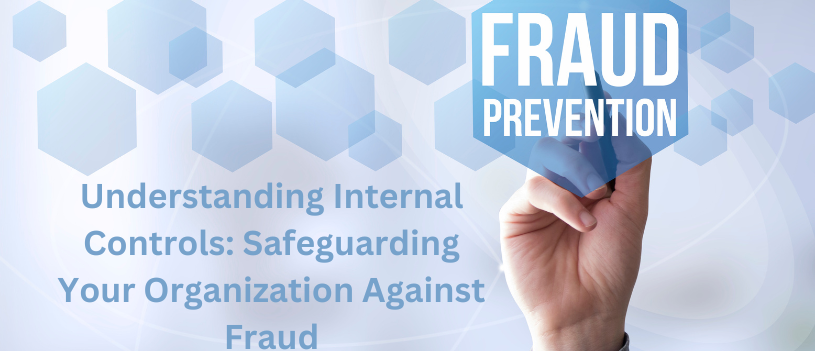Many organizational leaders consider internal controls as a tedious task assigned to the bottom of their to-do lists. However, internal controls play a crucial role in preventing and detecting fraud. CPAs often spearhead raising awareness about the importance of internal controls and implementing improvements.
Internal controls serve as a powerful tool to protect an organization’s interests and assets. They help prevent fraud, detect it early, and increase overall productivity. A well-designed internal control system identifies and addresses duplicate or unnecessary procedures, as well as system weaknesses. Additionally, internal controls ensure compliance with laws and regulations, preventing costly fines and safeguarding the organization’s reputation.
This article provides a comprehensive overview of internal controls, offering guidance to both newer and more experienced CPAs.
Types of Internal Controls
Internal controls can be categorized into three main types:
- Preventive Controls: Aimed at fraud prevention.
- Detective Controls: Used to discover fraud if preventive controls fail.
- Corrective Controls: Implemented to address and rectify detected fraud.
Assessing Risk
The first step in designing an effective control system is conducting a risk assessment, documented in a risk assessment matrix. During this process, organizations analyze their processes, identify inherent risks of fraud, and rank these risks based on likelihood and impact. This ranking helps prioritize the implementation of controls, beginning with those most likely to occur and with significant impacts.
Preventive Controls: Prevention is Better Than Cure
To prioritize prevention, organizations can implement measures such as:
- Segregation of Duties: Ensuring no single person can abuse the system alone.
- IT Passwords and Access Controls: Granting users only the necessary access for their tasks.
- Physical Controls Over Assets: Restricting access to physical areas based on job requirements.
- Training and Testing: Providing training to employees and regularly testing task execution.
- Firewalls and Backups: Using firewalls to prevent outside attacks and regularly backing up data.
Detective Controls: Necessary Because Preventive Controls are Not Perfect
While preventive controls reduce the risk of fraud, they are not foolproof. Detective controls help identify fraud early and minimize its impact. Examples include:
- Physical Inventory Checks: Ensuring recorded goods match actual inventory.
- Account Reconciliations: Aligning general ledger balances with supporting documentation.
- Review and Assessment of Current Controls: Evaluating existing controls for effectiveness.
Corrective Controls: Building Accountability and Continuous Improvement
Once fraud is discovered, organizations should respond by swiftly taking corrective action. Examples of corrective controls include:
- Disciplinary Action: Implementing firm disciplinary measures to deter future fraud.
- Software Patches or Modifications: Correcting events through software updates.
- New Policies: Addressing weaknesses discovered through fraud investigations.
Continuous improvement involves regular process reviews and risk assessments, even in the absence of events, to maintain manageable levels of residual risk.
Tone at the Top
An effective control system requires a culture that values ethics and opposes fraud. The tone at the top, set by organizational leaders, plays a crucial role. Leaders must not only clearly articulate ethical values but also embody them through actions. Leadership commitment to ethical behavior reinforces the importance of controls and discourages fraudulent practices.
Protect Yourself
Just as a homeowner secures valuables, organizations need well-designed and effective internal controls to protect their assets. Neglecting internal controls is akin to leaving the doors wide open for potential fraud. Ensure that your organization, or your client’s, gives appropriate attention to its internal controls for a robust defense against fraud.
Preventing fraud with internal controls: A refresher – Journal of Accountancy
